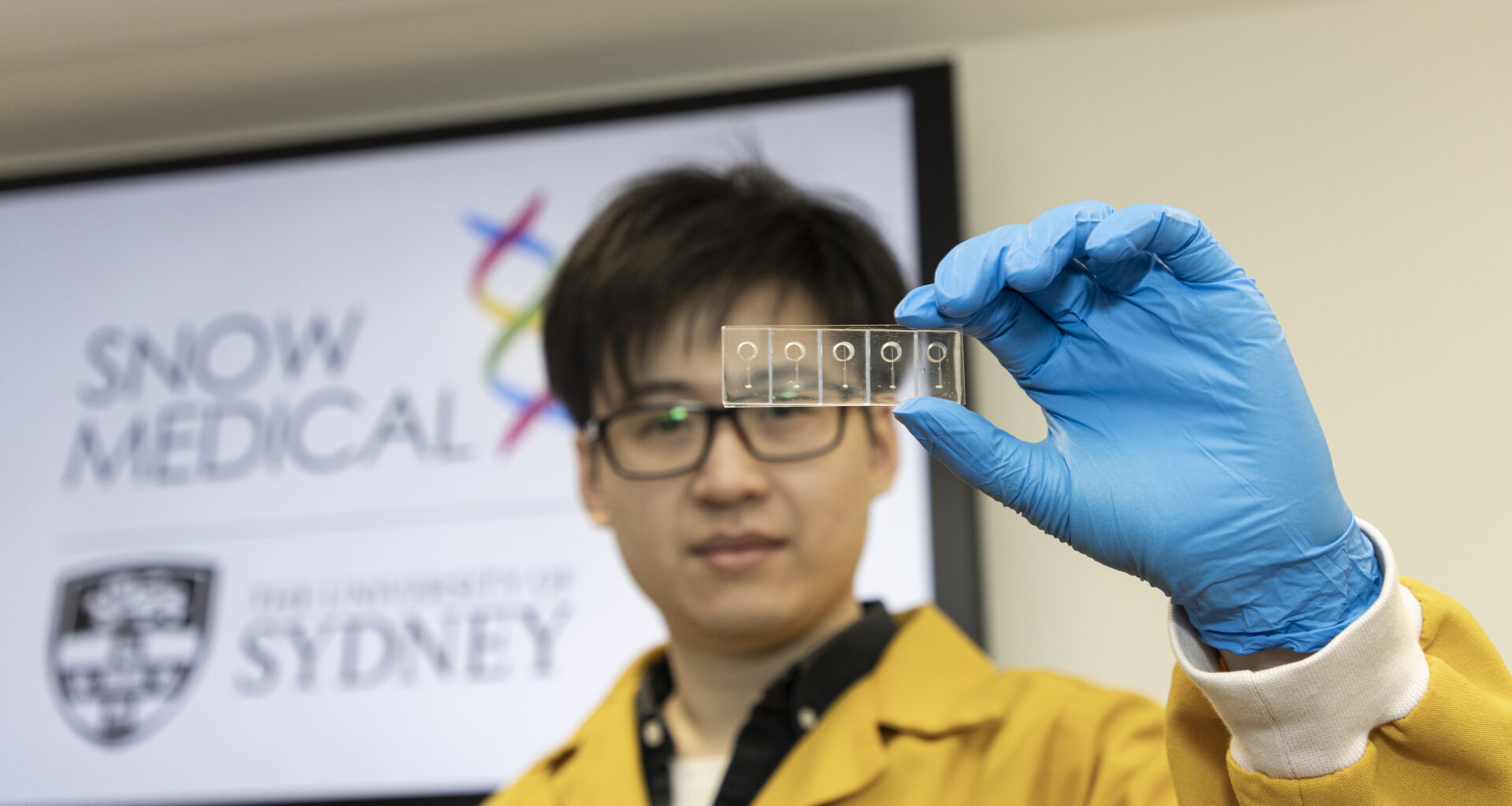The ‘artery on a chip’ method successfully mimicked the physical appearance of blood vessels, and blood flow simulations generated similar fluid dynamics and movement of natural blood flow.
This was the standout moment, because the researchers said the biggest challenge in this field was re-creating the fluid dynamics of blood inside blood vessels. This detail is crucial because in people at risk of heart disease, blood is more viscous, which impacts how it flows through vessels.
“This is the first-of-its-kind bioengineering endeavour in Australia, and our work is aiming to solve two crucial gaps in heart disease diagnosis and prevention, without animal testing,” said Dr Zihao Wang, the postdoctoral chief engineer of MBL group.
“There is still a lot we don’t understand about the inside of our blood vessels and what creates the cascade of events that lead to blood clots, and there are currently no bespoke testing platforms that can be tailored for patients. No two patients are biologically identical, and everyone has differences in their blood vessel structure and blood, influencing their risk of blood clot disease and their treatment options.”
During testing, the researchers were able to witness, in real time and under the microscope, blood clot formation and the behaviour of platelets which area crucial component involved in blood clotting that could lead to a stroke.
The technology revealed that the friction and force created by blood flow moving against the lining of the blood vessels played a huge part in platelet movement, that regulates clotting. This occurs during high blood pressure and atherosclerosis, a disease of the arteries.
In areas where there were high levels of stress placed on the blood vessels, the researchers found there were 7 to 10 times more platelet movement.

